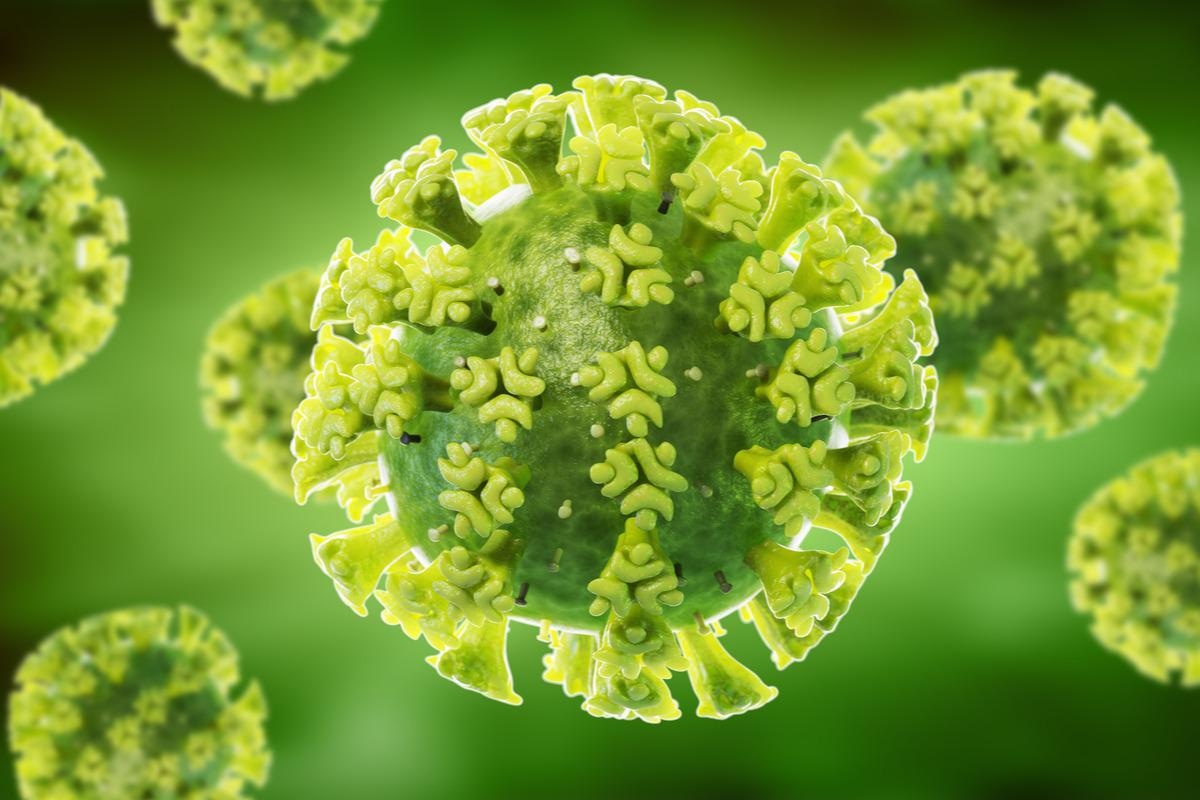A recent study posted to the bioRxiv* preprint server assessed the mechanism by which severe acute respiratory syndrome coronavirus 2 (SARS-CoV-2) Omicron and Alpha variants of concern (VOCs) inhibit the SARS-CoV-2 spike (S) protein and mitigate the risk of a multisystem inflammatory syndrome in children (MIS-C).
 Study: Omicron and Alpha P680H block SARS-CoV2 spike protein from accessing cholinergic inflammatory pathway via α9-nAChR mitigating the risk of MIS-C. Image Credit: SciePro/Shutterstock
Study: Omicron and Alpha P680H block SARS-CoV2 spike protein from accessing cholinergic inflammatory pathway via α9-nAChR mitigating the risk of MIS-C. Image Credit: SciePro/Shutterstock

 *Important notice: bioRxiv publishes preliminary scientific reports that are not peer-reviewed and, therefore, should not be regarded as conclusive, guide clinical practice/health-related behavior, or treated as established information.
*Important notice: bioRxiv publishes preliminary scientific reports that are not peer-reviewed and, therefore, should not be regarded as conclusive, guide clinical practice/health-related behavior, or treated as established information.
Various studies have shown the different ways coronavirus disease 2019 (COVID-19) manifests in adults and children. It has also been observed that the emergence of new VOCs brings with it new symptoms and morbidities that require extensive and timely research.
About the study
The present study showed that SARS-CoV-2 Alpha and Omicron VOCs block the cholinergic inflammatory pathway responsible for MIS-C, thus reducing the risk of MIS-C complications in SARS-CoV-2-infected patients.
In the initial peptide structures obtained for the study, the C- and N- terminals were capped with NHE (simple amide) and angiotensin-converting enzyme (ACE), respectively. To determine the correlation between SARS-CoV-2 and nicotinic acetylcholine receptors (nAChRs), the researchers studied a panel of co-crystal structures along with the neurotoxin binding motif, followed by molecular dynamics (MD) simulations conducted by equilibrating the system for one nucleoside. The impact of gene mutations caused by Alpha, Omicron, and Delta VOCs was determined by performing repeated stability analysis of the SARS-CoV-2 wild-type (WT) strain.
Results
The study results showed that neurotoxin binding motifs entailed a conserved Arginine anchor residue interacting with nAChRs. Disulfide bonds stabilized these toxins and gave rise to relatively potent and stable binding motifs. These characteristics were also found in the pre-cleavage loop in the WT S protein, wherein the spike perfectly matched the sites interacting with the DPR gene.
However, it was observed that the motif found in WT was lost post cleavage, indicating that S-nAChR interactions could occur only before cleavage, that is, in the presence of the virus in the respiratory tract, in turn, slowing down viral entry in the host.
Post MD analysis, it was observed that the SARS-CoV-2 Alpha VOC reduced the stability of the structure of the α-conotoxin binding motif. At the same time, the Delta VOC revived the motif, and the Omicron VOC prevented the interaction of the S protein with nAChR. Altogether, α9-nAChR antagonists like α-conotoxin and, to a lower degree, Delta VOC could promote the release of pro-inflammatory cytokines while Alpha and Omicron VOCs blocked this cholinergic inflammatory pathway that is responsible for MIS-C.
Conclusion
The study findings showed that the SARS-CoV-2 Omicron VOC showed the least risk of manifesting MIS-C. Also, MD simulations presented significant structural similarities between WT SARS-CoV-2 and the motif that binds α-conotoxin and α9-nAChR. The study also indicated that viral impact on triggered inflammatory pathways occurs only if the cholinergic pathway is activated when the virus is present in the nasal mucosa or the respiratory tract.
The researchers believed that the present study could guide further studies investigating interactions between host and pathogen and the analysis of the cholinergic pathway as a source of cytokine increase during SARS-CoV-2 infection.

 *Important notice: bioRxiv publishes preliminary scientific reports that are not peer-reviewed and, therefore, should not be regarded as conclusive, guide clinical practice/health-related behavior, or treated as established information.
*Important notice: bioRxiv publishes preliminary scientific reports that are not peer-reviewed and, therefore, should not be regarded as conclusive, guide clinical practice/health-related behavior, or treated as established information.